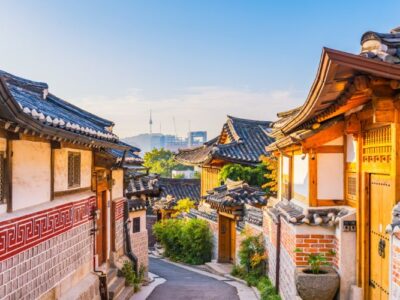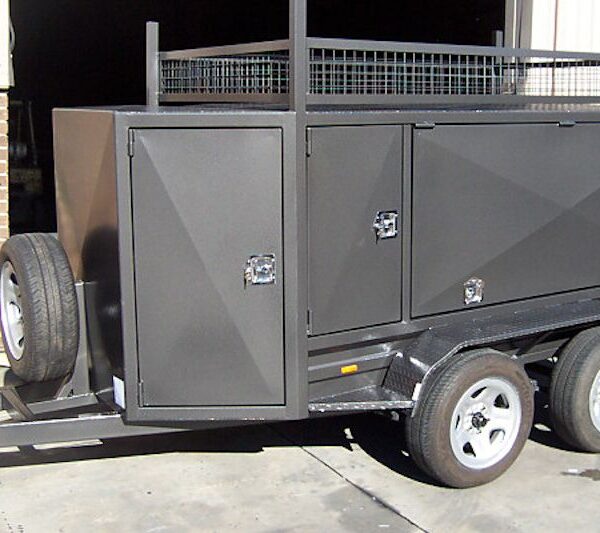
Spiti Valley, a high-altitude desert region in the Indian state of Himachal Pradesh, is an adventurer’s paradise. Known for its stark landscapes, ancient monasteries, and unique culture, Spiti offers an unforgettable experience for solo travelers. However, navigating this remote region requires careful planning and an understanding of safety measures. This guide provides a comprehensive itinerary and essential safety tips for solo travelers exploring Spiti Valley. For a seamless and well-organized trip, consider booking one of the Spiti Valley Tour Packages from a trusted Travel Agent in Ahmedabad.
Planning Your Trip
1. Best Time to Visit:
- Summer (May to September): The best time to visit Spiti Valley is during the summer months when the weather is pleasant and the roads are open. This is the ideal time for trekking, sightseeing, and exploring the region.
- Winter (October to April): Visiting during winter is only recommended for experienced travelers as the region becomes extremely cold and many roads are closed due to snow.
2. How to Reach Spiti Valley:
- By Road: The two main routes to Spiti Valley are from Manali and Shimla. The Manali route is shorter but more challenging, while the Shimla route is longer but relatively easier. Public buses and shared taxis are available on both routes.
- By Air: The nearest airport is in Bhuntar, near Kullu, which is around 245 km from Kaza (the main town in Spiti Valley). From the airport, you can hire a taxi or take a bus to reach Spiti.
3. Accommodation:
- Homestays and Guesthouses: Spiti Valley offers a range of accommodation options, including homestays, guesthouses, and budget hotels. Staying in a homestay is highly recommended for a more authentic experience.
- Booking: To ensure availability, especially during peak season, it is advisable to book your accommodation in advance through a Travel Agent in Ahmedabad as part of Spiti Valley Tour Packages.
Safety Tips for Solo Travelers
1. Stay Connected:
- Inform Others: Always inform someone about your travel plans, including your itinerary and expected arrival times. Regularly update them about your whereabouts.
- Mobile Connectivity: Mobile networks can be unreliable in remote areas. Carry a local SIM card with good coverage, and consider renting a satellite phone for emergency communication.
2. Health and Well-being:
- Acclimatization: Spiti Valley is at a high altitude, and altitude sickness is a common concern. Spend a few days acclimatizing at a lower altitude before ascending to higher areas. Drink plenty of water and avoid strenuous activities initially.
- First Aid Kit: Carry a basic first aid kit, including medications for common ailments like headaches, stomach issues, and altitude sickness.
3. Personal Safety:
- Avoid Night Travel: Roads in Spiti Valley can be treacherous, especially at night. Plan your travel during daylight hours to ensure better visibility and safety.
- Local Guidance: Seek advice from locals or fellow travelers about road conditions, weather forecasts, and any potential hazards.
4. Environmental Responsibility:
- Leave No Trace: Practice responsible tourism by not littering and carrying back all your waste. Respect the local environment and wildlife.
- Water Conservation: Water is a scarce resource in Spiti Valley. Use it judiciously, especially in homestays and guesthouses.
Suggested Itinerary for Solo Travelers
Day 1: Arrival in Manali
- Acclimatize to the altitude and explore Manali.
- Visit the Hadimba Temple and Old Manali.
- Overnight stay in Manali.
Day 2: Manali to Kaza
- Start early for the journey to Kaza via Rohtang Pass and Kunzum Pass.
- The drive offers spectacular views but is challenging; ensure your vehicle is in good condition.
- Overnight stay in Kaza.
Day 3: Exploring Kaza
- Visit Key Monastery, one of the most iconic monasteries in Spiti Valley.
- Explore Kibber Village, known for its stunning landscapes and wildlife.
- Overnight stay in Kaza.
Day 4: Kaza to Tabo
- Drive to Tabo, known for the ancient Tabo Monastery, often referred to as the “Ajanta of the Himalayas.”
- Explore the monastery and the nearby caves.
- Overnight stay in Tabo.
Day 5: Tabo to Dhankar
- Head to Dhankar, home to the cliff-top Dhankar Monastery with breathtaking views of the Spiti River.
- Trek to Dhankar Lake if time permits.
- Overnight stay in Dhankar.
Day 6: Dhankar to Pin Valley
- Explore the beautiful Pin Valley National Park, known for its unique flora and fauna.
- Visit the Mudh Village, the last motorable village in the Pin Valley.
- Overnight stay in Pin Valley.
Day 7: Pin Valley to Kaza
- Return to Kaza and relax after the exploration.
- Visit the local market and interact with the locals.
- Overnight stay in Kaza.
Day 8: Kaza to Chandratal Lake
- Drive to Chandratal Lake, a stunning high-altitude lake.
- Enjoy the serene environment and camp by the lake (camping facilities are available during summer).
- Overnight stay in a camp near Chandratal Lake.
Day 9: Chandratal to Manali
- Return to Manali via the same route.
- Relax and reflect on your journey.
- Overnight stay in Manali.
Day 10: Departure from Manali
- Depart from Manali with cherished memories of your solo adventure in Spiti Valley.
Conclusion
Traveling solo in Spiti Valley can be a transformative experience, offering a perfect blend of adventure, culture, and natural beauty. By following these safety tips and adhering to a well-planned itinerary, you can ensure a memorable and safe journey. To make your travel planning easier and more efficient, consider booking one of the Spiti Valley Tour Packages from a reliable Travel Agent in Ahmedabad. These packages provide comprehensive itineraries, accommodation, and support, allowing you to focus on enjoying your solo adventure in the majestic Spiti Valley.











